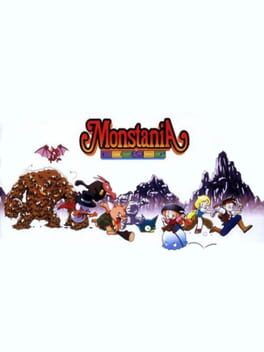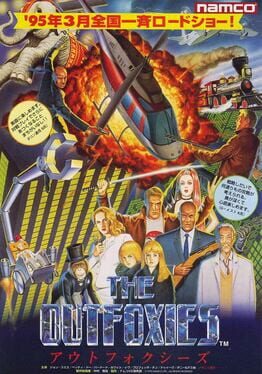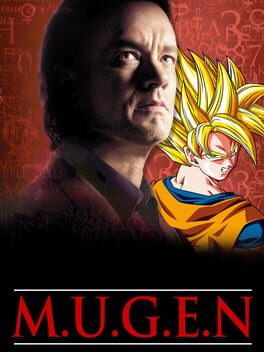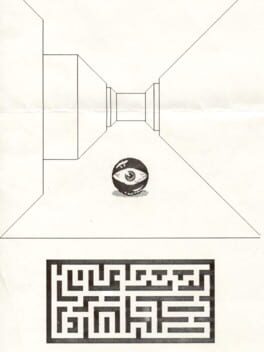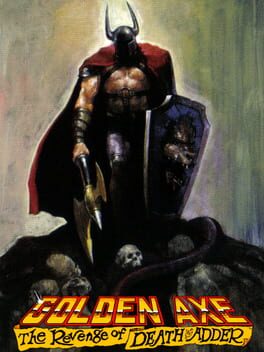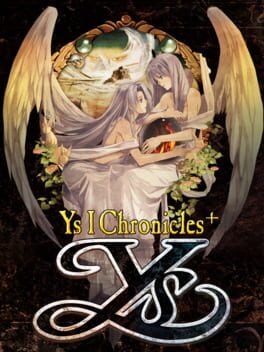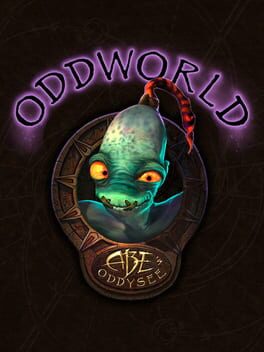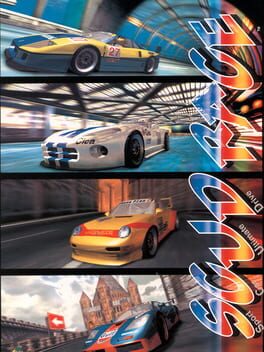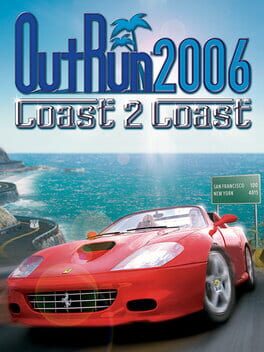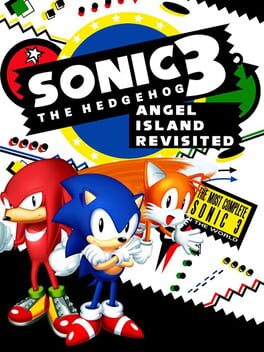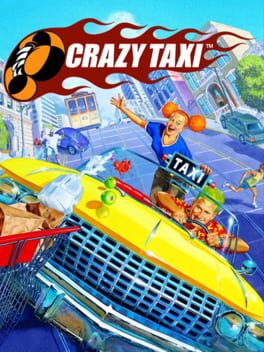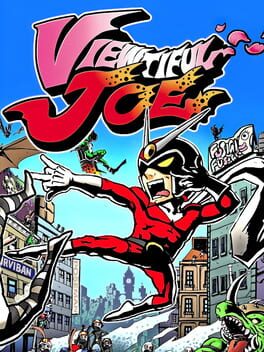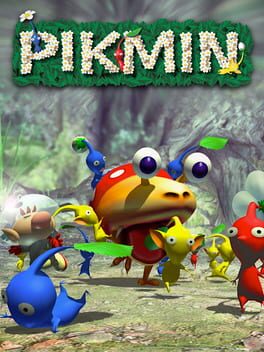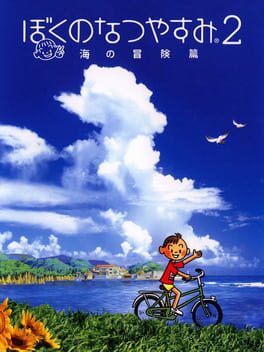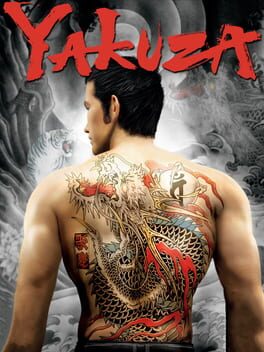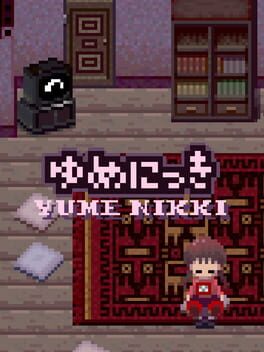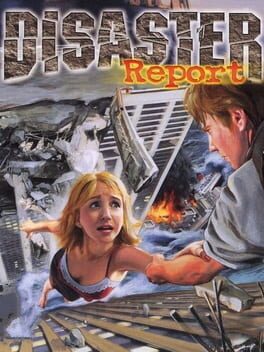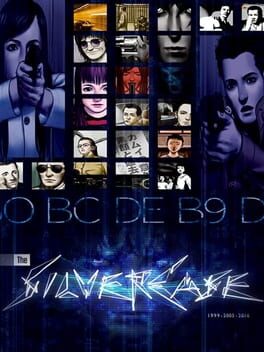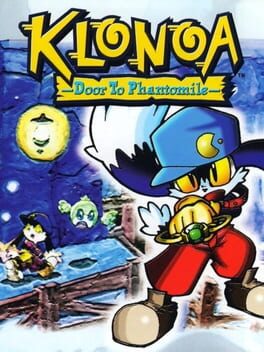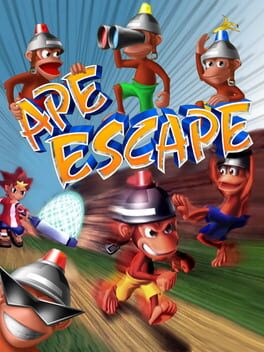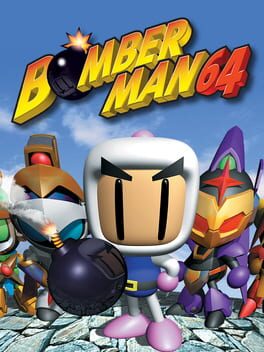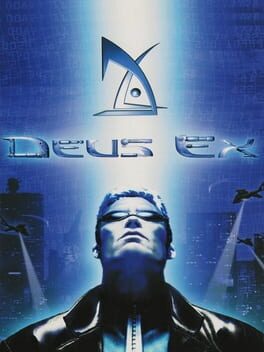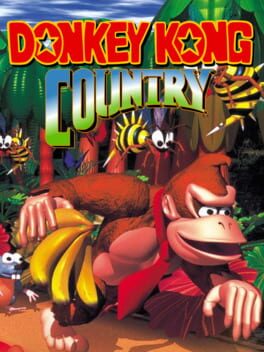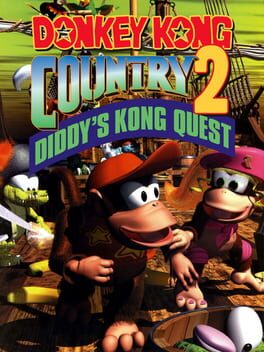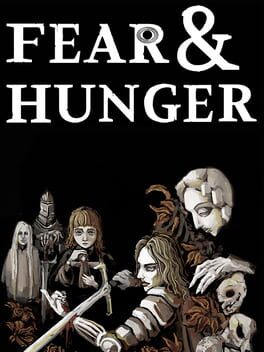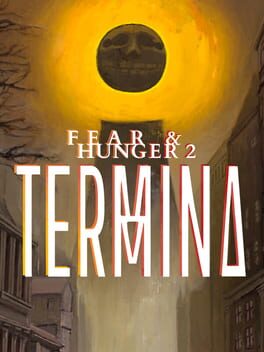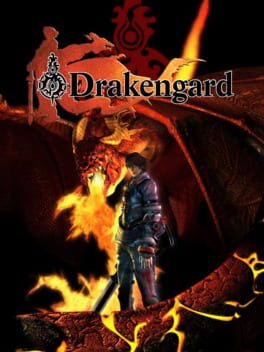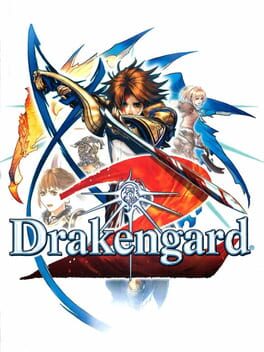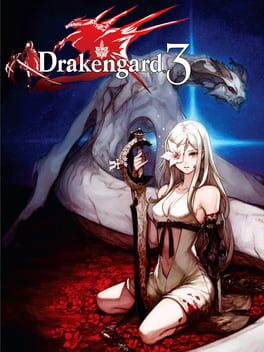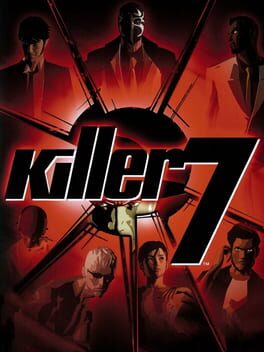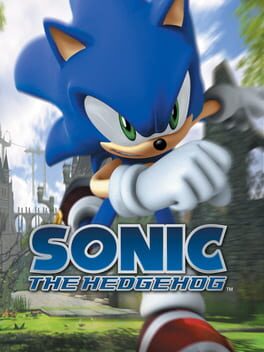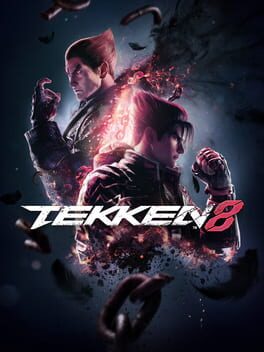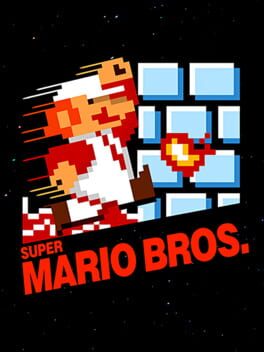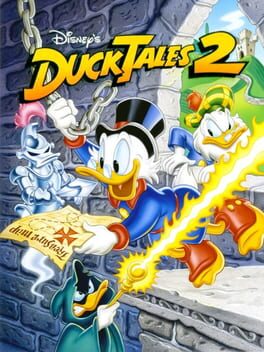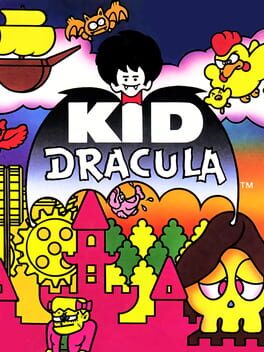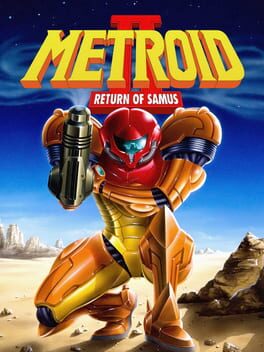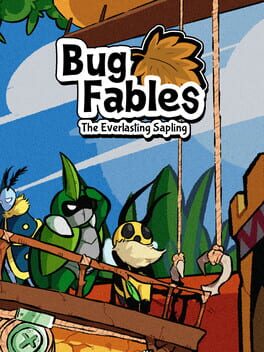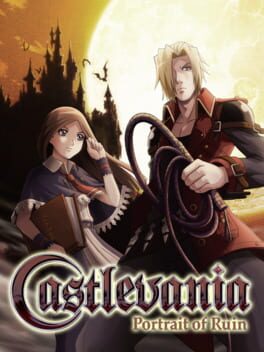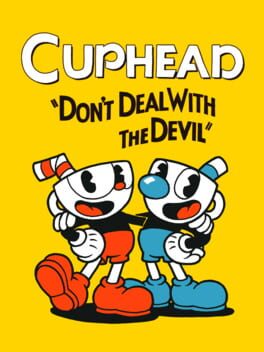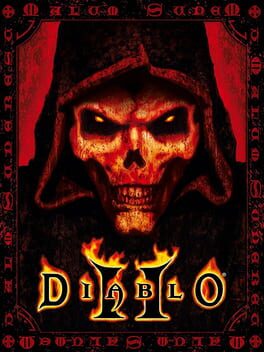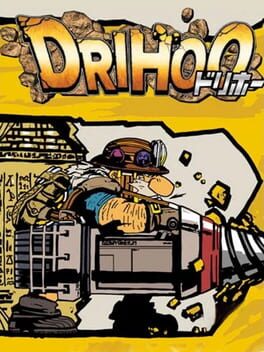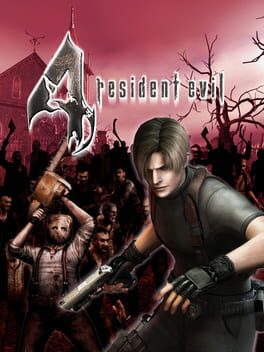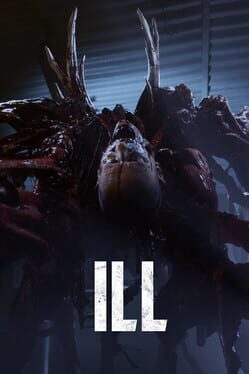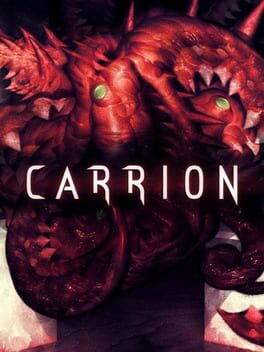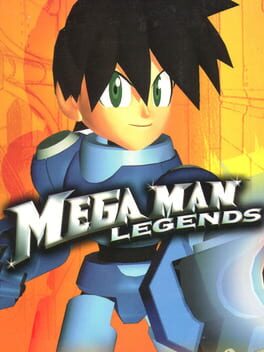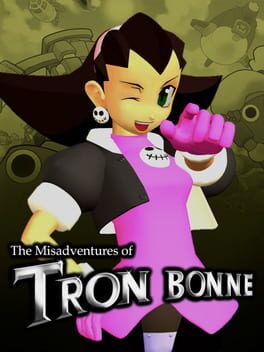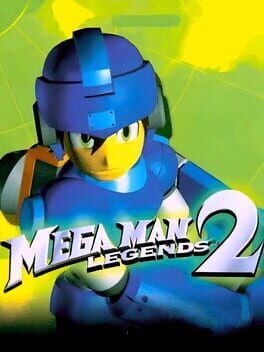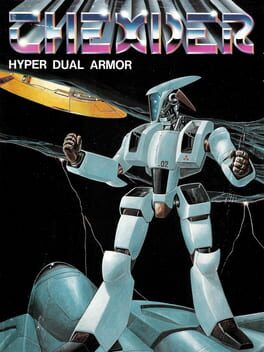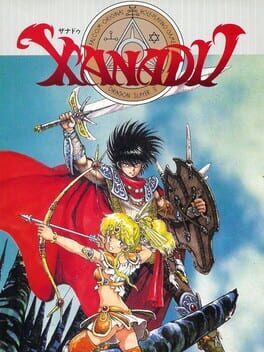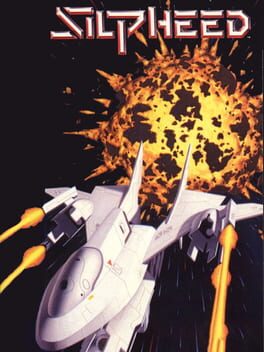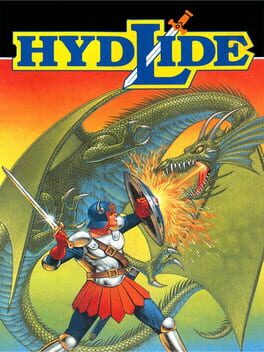5871 reviews liked by MobileSpider
Monstania
1996
The late era for the SFC has a lot of interesting RPGs visually or gameplay or even both. One weird one is Monstania as it’s an RPG in the most basic way possible. In a way the game feels more like a collection of battle scenarios with the occasional puzzle and story in between every level. Despite that however, you may find a good game lurking in this one.
The battle system in a way reminds me of Mystery Dungeon where you move from tile to tile and things only move when you do. Probably not the best comparison but it’s what came to mind. You have to either defeat every enemy, get to an objective, or something special like defend a place. If you were wanting any challenge with this one then you aren’t getting it here as the battle system is very easy to abuse the poor AI which has many moments of gimmicking them and making the level a breeze. Even if you do game over, you can retry immediately and don’t even need to load a save.
Sadly the game’s idea of RPG mechanics is basically just leveling up after each section is completed. There’s no actual EXP and this is also how you get items, magic/skills, and equipment. There’s not even a currency system. Going from area to area is also done automatically and there’s no actual overworld or towns to explore. You could probably argue it’s not even an RPG but I’ll be generous and say it still is. I’m not trying to say it’s a bad thing just don’t go into this expecting an actual in depth RPG. The game is also only about 4-5 hours long so you’ll barely be playing the game anyway.
The story is a little interesting though nothing about it really excited me and it left me with a few questions by the end. It also just kind of ends in a boring way imo. Idk, it left very little impact for me. This does have a fan translation but I do wonder how much of it is actually accurate. I’m going to be nice and assume it is fine but some of it is very strange but not necessarily bad. Just be aware that it might not be your thing.
It visually looks fine but nothing stands out about it. The only notable thing about them is the art used for the characters when inputting names or viewing the statuses. I would probably be more positive if it was an earlier game on the system but there are much better looking games by this point. The music is also nothing amazing but it works. I actually really like how this game sometimes does a minimalist approach with the audio and sometimes has the sounds of the environment only play. Still, I don’t know if I’ll listen to it outside of the game.
You know, actually writing this review I realized something. What did I say earlier? “you may find a good game lurking in this one.” I think after writing my thoughts, I don’t think I like it as much as I think. While the game has some fun ideas, I think the game just isn’t the most interesting in the world. It works, and at its worst it's decent. While I do wish it had more RPG stuff going on in it, for what it tries to be, it does it decently. It did however have the unfortunate part of being a couple of months before the next RPG which was the remake of Dragon Quest III. With all that said, you should still at least try it as it’s quite short. Sadly Bits Laboratory would never make another game like this and would shut down a few years later. What a sad fate for the company.
The battle system in a way reminds me of Mystery Dungeon where you move from tile to tile and things only move when you do. Probably not the best comparison but it’s what came to mind. You have to either defeat every enemy, get to an objective, or something special like defend a place. If you were wanting any challenge with this one then you aren’t getting it here as the battle system is very easy to abuse the poor AI which has many moments of gimmicking them and making the level a breeze. Even if you do game over, you can retry immediately and don’t even need to load a save.
Sadly the game’s idea of RPG mechanics is basically just leveling up after each section is completed. There’s no actual EXP and this is also how you get items, magic/skills, and equipment. There’s not even a currency system. Going from area to area is also done automatically and there’s no actual overworld or towns to explore. You could probably argue it’s not even an RPG but I’ll be generous and say it still is. I’m not trying to say it’s a bad thing just don’t go into this expecting an actual in depth RPG. The game is also only about 4-5 hours long so you’ll barely be playing the game anyway.
The story is a little interesting though nothing about it really excited me and it left me with a few questions by the end. It also just kind of ends in a boring way imo. Idk, it left very little impact for me. This does have a fan translation but I do wonder how much of it is actually accurate. I’m going to be nice and assume it is fine but some of it is very strange but not necessarily bad. Just be aware that it might not be your thing.
It visually looks fine but nothing stands out about it. The only notable thing about them is the art used for the characters when inputting names or viewing the statuses. I would probably be more positive if it was an earlier game on the system but there are much better looking games by this point. The music is also nothing amazing but it works. I actually really like how this game sometimes does a minimalist approach with the audio and sometimes has the sounds of the environment only play. Still, I don’t know if I’ll listen to it outside of the game.
You know, actually writing this review I realized something. What did I say earlier? “you may find a good game lurking in this one.” I think after writing my thoughts, I don’t think I like it as much as I think. While the game has some fun ideas, I think the game just isn’t the most interesting in the world. It works, and at its worst it's decent. While I do wish it had more RPG stuff going on in it, for what it tries to be, it does it decently. It did however have the unfortunate part of being a couple of months before the next RPG which was the remake of Dragon Quest III. With all that said, you should still at least try it as it’s quite short. Sadly Bits Laboratory would never make another game like this and would shut down a few years later. What a sad fate for the company.
The Outfoxies
1995
M.U.G.E.N
1999
I found this game in elementary school and this and halo were my first experience with modding and game dev
I made a fighting game in middle school using this engine using photos of my school friends and wrote a report about it for an english class. I adore this game and I'm happy it still has a community
I made a fighting game in middle school using this engine using photos of my school friends and wrote a report about it for an english class. I adore this game and I'm happy it still has a community
Maze
1973
Half-Century Challenge Series: https://www.backloggd.com/u/C_F/list/half-century-challenge/
HCC #4 = Maze (1973)
Maze predating Wizardry by roughly a decade is something that my mind struggles to process. The influence of Maze's dungeon crawling is immense. It's like it was copied by everything from Wizardry to Phantasy Star to Megami Tensei for decades.
Just exploring the maze got old quickly, so people were added into the maze. There was interaction between characters, with an ability to shoot motherfuckers to boot.
I don't really know what else to say. It's basically THE genesis point of first person games and the cover art is really damn charming.
Next time: Wander (1974)
HCC #4 = Maze (1973)
Maze predating Wizardry by roughly a decade is something that my mind struggles to process. The influence of Maze's dungeon crawling is immense. It's like it was copied by everything from Wizardry to Phantasy Star to Megami Tensei for decades.
Just exploring the maze got old quickly, so people were added into the maze. There was interaction between characters, with an ability to shoot motherfuckers to boot.
I don't really know what else to say. It's basically THE genesis point of first person games and the cover art is really damn charming.
Next time: Wander (1974)
Ys I Chronicles+
2013
Fruitless back-and-forths over Tomb Raider often put me in the same headspace: thinkin' about Oddworld. Now there's a solid cinematic platformer for the PlayStation 1, one with expressive characters, imaginative environments, a great sense of humor and actual messaging to compliment it's fun and often challenging puzzles. Lara can't like, mind control a bear and make it explode. I rest my case.
But opening up my copy of Abe's Oddysee immediately presents something bleakly funny: the definition of a quintology. Oh Lorne. Poor Lorne. They screwed the man at every turn. From pressing the first run of discs with a repeatable, game breaking bug (in Lorne's words, the person who made this call was not "a Gamer"), to Gamestop publishing a guide that immediately funneled new players into the most difficult hidden screens of the game, to his regrets over Exoddus and Sony throwing Soulstorm up on PS+ to die... Like Xenosaga and Shenmue, it doesn't matter if you have a story to tell or the creativity and temerity to do it, the games industry will chew you up and spit you out like some form of tangy meat popsicle. New n' tasty indeed.
Listen to Lorne Lanning talk about Oddworld for any length of time, and it becomes quickly apparent just how passionate and creatively driven he is. Ars Technica's extended War Stories interview is something I throw on at least once a year because I find his background to be fascinating, and his recollections on navigating creative and industrial fields leading to the formation of his studio, Oddworld Inhabitants, provides a considerable amount of insight as to how his worldview - and consequentially, the themes of Oddworld - formed.
Abe's Oddysee was always intended to have a message, and so gameplay was appropriately designed around the particular anxieties and beliefs Lorne wished to express. As funny as it would be to find Abe strapped, you don't shoot guns, something that was a point of contention with staff at Oddworld Inhabitants. Instead, you "shoot words" (and farts) through gamespeak, a mechanic that allows the player to interface on a more personal level with the game than simply pulling a trigger... Though through mind control, you do still do that. Sometimes the creative process demands compromise.
One complaint I would have about this system is that much of your time rescuing Modokons is front and backloaded, with an extremely lengthy middle game chronicling Abe's trials outside of Rupture Farms tucking most Modokon rescues behind hidden screens and portals. To a certain extent, loading the game so full of secrets is good and provides replayability, but I found the puzzles in which you're trying to disarm a hazardous area and lead as many Modokons to safety as possible to be more engaging than the segmented puzzle rooms of Paramonia and Scrabania. Elum, Abe's mount, does fill this role somewhat, but I twice had him despawn requiring me to reload a save and lose progress, so I'm a little upset with him right now.
The end game also gets absolutely brutal, placing checkpoints far and between sequences that require precise timing and manipulation of enemies. Controls are rarely the issue so much as understanding the order of operations to get through the multiple levels of Rupture Farms, but when everything clicks and you execute on a perfect run, it feels good. The end of Abe's Oddysee has some of the most genuinely tense moment-to-moment gameplay on the system, it is agonizing as it is great. Wait, what do you mean I didn't save enough Modokons? Hold on, why am I being teleported back to the start of Rupture Farms, wait--
While the experience of playing Oddysee can at times be a bit uneven and even frustrating, I do think it comes together into something really special. The texture of the pre-rendered environments, the clay-like quality of the character sprites, the ways in which Rupture's oppressive and hostile factory gives way to barren wastelands drained of resources and life all for the sake of capital, and how that is conveyed humorously both through the game's writing and the player's own machinations... it's great. I really like Abe's Oddysee. 3.5 out of 5 smooches on the cheek for Mr. Lanning, but not 5 because Lorne is apparently never allowed to have a quintology of anything. I don't make the rules.
But opening up my copy of Abe's Oddysee immediately presents something bleakly funny: the definition of a quintology. Oh Lorne. Poor Lorne. They screwed the man at every turn. From pressing the first run of discs with a repeatable, game breaking bug (in Lorne's words, the person who made this call was not "a Gamer"), to Gamestop publishing a guide that immediately funneled new players into the most difficult hidden screens of the game, to his regrets over Exoddus and Sony throwing Soulstorm up on PS+ to die... Like Xenosaga and Shenmue, it doesn't matter if you have a story to tell or the creativity and temerity to do it, the games industry will chew you up and spit you out like some form of tangy meat popsicle. New n' tasty indeed.
Listen to Lorne Lanning talk about Oddworld for any length of time, and it becomes quickly apparent just how passionate and creatively driven he is. Ars Technica's extended War Stories interview is something I throw on at least once a year because I find his background to be fascinating, and his recollections on navigating creative and industrial fields leading to the formation of his studio, Oddworld Inhabitants, provides a considerable amount of insight as to how his worldview - and consequentially, the themes of Oddworld - formed.
Abe's Oddysee was always intended to have a message, and so gameplay was appropriately designed around the particular anxieties and beliefs Lorne wished to express. As funny as it would be to find Abe strapped, you don't shoot guns, something that was a point of contention with staff at Oddworld Inhabitants. Instead, you "shoot words" (and farts) through gamespeak, a mechanic that allows the player to interface on a more personal level with the game than simply pulling a trigger... Though through mind control, you do still do that. Sometimes the creative process demands compromise.
One complaint I would have about this system is that much of your time rescuing Modokons is front and backloaded, with an extremely lengthy middle game chronicling Abe's trials outside of Rupture Farms tucking most Modokon rescues behind hidden screens and portals. To a certain extent, loading the game so full of secrets is good and provides replayability, but I found the puzzles in which you're trying to disarm a hazardous area and lead as many Modokons to safety as possible to be more engaging than the segmented puzzle rooms of Paramonia and Scrabania. Elum, Abe's mount, does fill this role somewhat, but I twice had him despawn requiring me to reload a save and lose progress, so I'm a little upset with him right now.
The end game also gets absolutely brutal, placing checkpoints far and between sequences that require precise timing and manipulation of enemies. Controls are rarely the issue so much as understanding the order of operations to get through the multiple levels of Rupture Farms, but when everything clicks and you execute on a perfect run, it feels good. The end of Abe's Oddysee has some of the most genuinely tense moment-to-moment gameplay on the system, it is agonizing as it is great. Wait, what do you mean I didn't save enough Modokons? Hold on, why am I being teleported back to the start of Rupture Farms, wait--
While the experience of playing Oddysee can at times be a bit uneven and even frustrating, I do think it comes together into something really special. The texture of the pre-rendered environments, the clay-like quality of the character sprites, the ways in which Rupture's oppressive and hostile factory gives way to barren wastelands drained of resources and life all for the sake of capital, and how that is conveyed humorously both through the game's writing and the player's own machinations... it's great. I really like Abe's Oddysee. 3.5 out of 5 smooches on the cheek for Mr. Lanning, but not 5 because Lorne is apparently never allowed to have a quintology of anything. I don't make the rules.
SCUD Race
1997
1222 lists liked by MobileSpider
by JohnHarrelson |
27 Games
by darklink20001 |
150 Games
by Bells |
27 Games
by DeemonAndGames |
19 Games
by conman |
6 Games
by Angel_Arle |
3 Games
by Bells |
50 Games
by zn0 |
10 Games
by TransWitchSammy |
3 Games
by Angel_Arle |
20 Games
